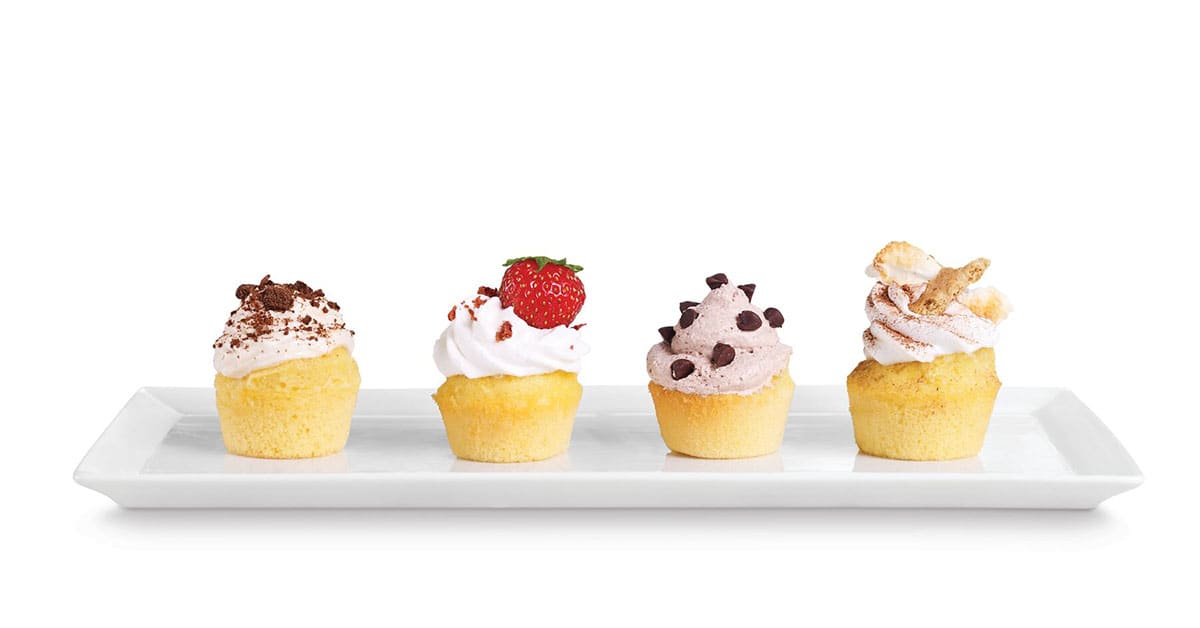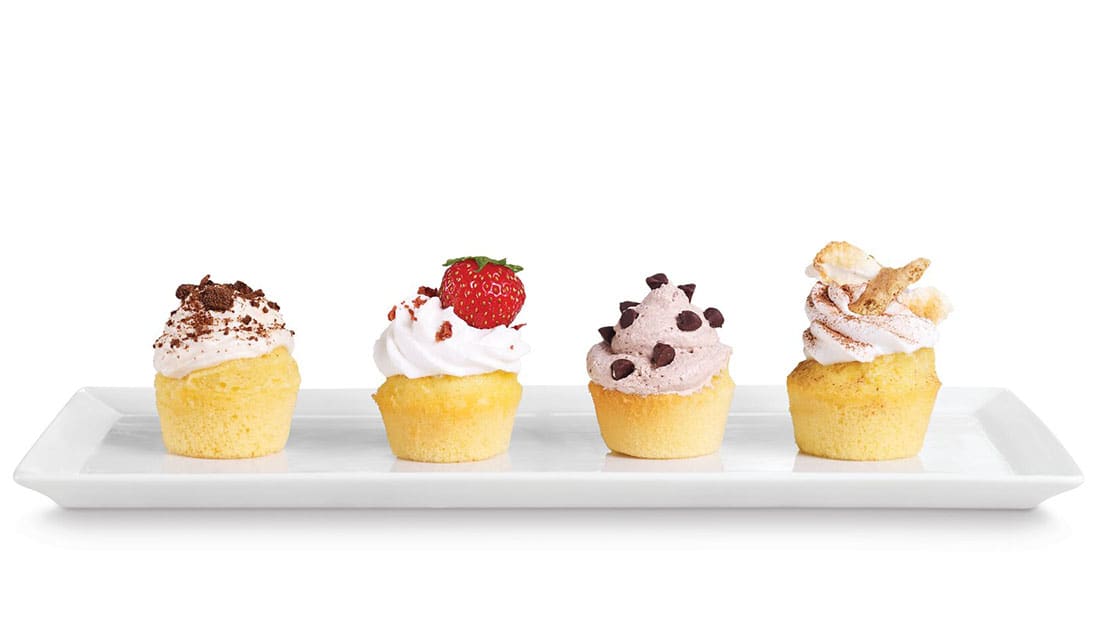Cutting back on sugar


Cutting back on sugar
A 2015 report from Statistics Canada shows that the average Canadian over the age of 19 consumes up to 25 percent of their energy intake from total sugars. The term total sugars refers to all sugars, which can be derived from any source (including glucose, fructose, lactose, and sucrose.) Using a self-reporting method (while acknowledging the likelihood of false reporting), the analysis found that Canadian adults consumed between 20 and 23 teaspoons of total sugars a day.
When it comes to sugar consumption, it’s important to make the distinction between naturally-occurring sugars and added sugars. Added sugars refer to sugars that are added during processing or preparation and exclude naturally-occurring sugars in fruits, vegetables, and dairy products (or any other natural source of sugar.) Examples of added sugars include high-fructose corn syrup, honey, brown sugar, molasses, and malt sugar.
While your body doesn’t differentiate between naturally occurring sugars and added sugars, foods with more added sugar generally have lower nutrient densities than those with higher amounts of natural sugars. In other words, a piece of fruit with a set amount of sugar will have more nutritional value than a chocolate bar with the same amount of added sugar.
For Canadians, the biggest culprit is sugary drinks. Juice, carbonated beverages, coffee drinks, energy drinks, vitamin-enhanced drinks, and chocolate milk contain a surplus of total sugars — some beverages even exceed the recommended daily limit in a single serving.
So why should you be monitoring your sugar intake? Excessive sugar consumption is linked to higher incidences of obesity, heart disease, type 2 diabetes, hypertension, and inflammation. The Canadian Heart & Stroke Foundation suggests limiting added sugars to 10 percent (or less) of your total calorie consumption per day — which is about 12 teaspoons of added sugar per day, based on a daily 2,000 calorie diet.
How to cut back on added sugars
- Limit the amount of sugar and/or flavoured syrup when ordering coffee. If you can’t get enough pumpkin spice or vanilla syrup, ask if they have a sugar-free or low-sugar option you can try instead.
- Feeling thirsty? Stick to regular or sparkling water whenever possible. Add pieces of frozen fruit or citrus slices to make your beverage feel special.
- Eat a piece of fruit the next time you’re craving something on the sweeter side. Fruit that is in-season or picked fresh and then frozen will have the most satisfying flavour.
- Read labels carefully! Ultra-processed foods such as tomato sauce, breakfast cereal, juice, frozen meals, protein bars, and crackers are infamous for containing astronomical levels of sugar.
Keeping it sweet (without the added sugar)
Unsweetened fruit and/or vegetable purée can be used in place of the sugar in baked goods (find a recipe that calls for a purée for best results), stirred into oatmeal, or drizzled onto pancakes or waffles instead of maple syrup. Mashed or puréed apples, pears, peaches, pumpkin, sweet potatoes, and carrots work especially well in baking projects.
Stevia is a 0 SmartPoints sugar alternative made from the Stevia rebaudiana shrub. Although exact ratios vary, stevia is much sweeter than regular sugar and should be used judiciously. Add liquid or powdered stevia to hot beverages, homemade ice cream or pudding, and frosting. Stevia can be used in baking, but many people find it leaves an unpleasant aftertaste that overwhelms the finished product.
Sugar alcohols such as xylitol, sorbitol, and erythritol share a similar chemical structure to sugar, which is why they taste sweet despite not being a true sugar. Because sugar alcohols aren’t completely digested, they can cause severe intestinal distress if eaten in large amounts (some people might find they’re sensitive to even very small amounts.)
Artificial sweeteners, which include saccharin, aspartame, acesulfame, sucralose, and neotame, can also be used to add sweetness without any actual added sugars. Each type has its own strengths and limitations in terms of how it can be used, but they are commonly found in baked goods, candy, carbonated beverages, sports drinks, and preserves.